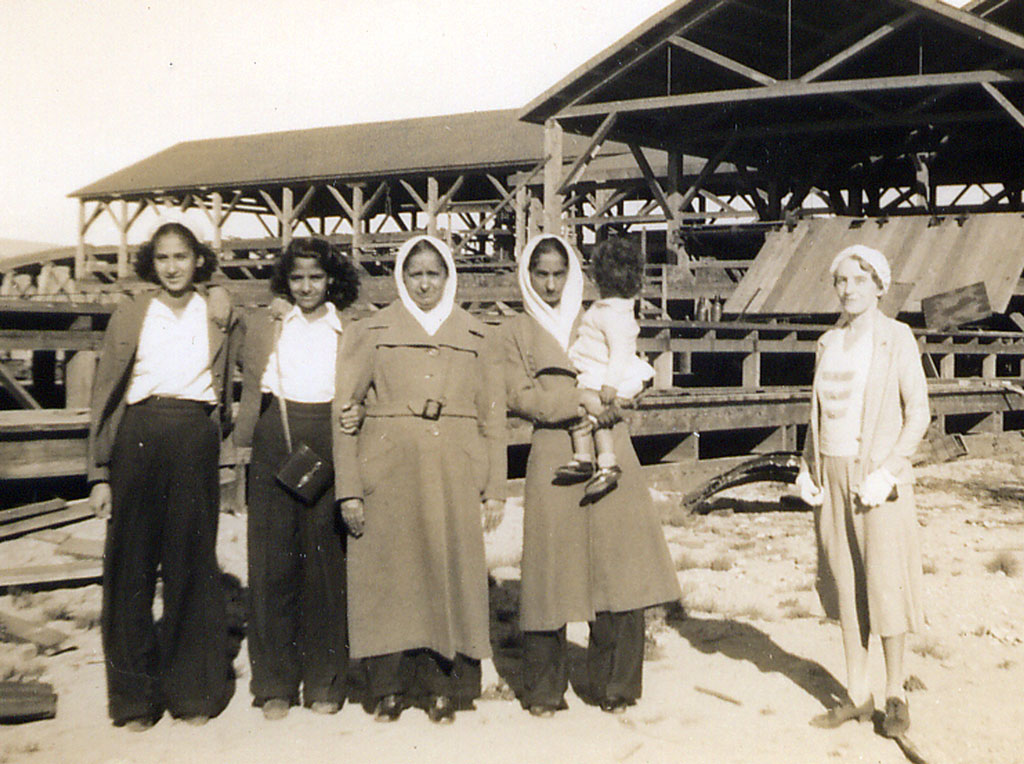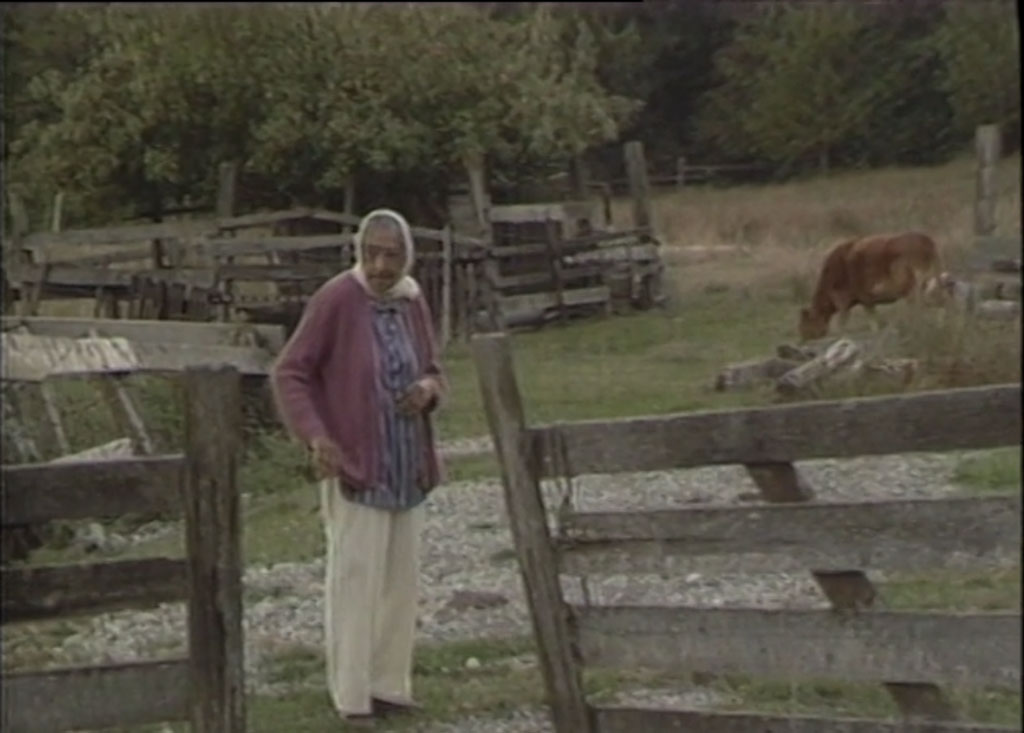
Dhan Kaur Johal, one of a handful of women who arrived in the 1920s, recounted how the rhythm of their days was set by the mill where their husbands worked; hers is one of the only accounts that mentions some Indian women occasionally worked for wages in the mill cookhouses.[1]

Gradually, South Asian Canadian women’s work expanded to include other types of informal and seasonal work outside the home.
One example was agricultural work; others found work as kitchen hands or housekeepers. The work was low-paid, low-barrier entry work that required no English language skills. Many didn’t feel the need to learn English since they worked in groups comprised entirely of other non-English speaking immigrants.
Though they often tried not to complain about the work, the adjustment to life in BC was hard for women who performed unpaid labour in their homes as well as work in the informal economy. Many recalled being unable to leave the house in their traditional dresses and saris for fear of harassment. [2]
Gurmit Kaur Saran recalled: “Where my husband used to stay earlier, there was nothing over there–neither a washroom nor any water supply. I used to bathe my kids indoors in a small portable tub made of steel… After the kids went off to school, I would sit outside in the snow on a chair and cry, thinking about how we left everything behind and have nothing here.” [3]
Gurmej Kaur Khunkun explained farmwork conditions: “When we started working, my husband used to work at $2.50 an hour. Then when we immigrated here, then we worked at $3/hour. It was a very tough job. We hardly used to manage to earn $50 a day. We used to fill 5-6 bins. The bins used to be really big. We worked really hard. Houses also used to be very small with only 1 washroom. And everyone used to manage. A lot of people used to be living in the same house. There were a lot of difficulties. Later on, we started earning $6/hour, when we found another job in the ‘80s.”[4]
- Mrs. Dhan Kaur Johal, interview by Hari Sharma, Indo-Canadian Oral History Collection, December 23, 1984, sound recording, Simon Fraser University Digitized Collections, https://digital.lib.sfu.ca/icohc-10/mrs-dhan-kaur-johal ↵
- Kelowna BC Stories, "History Across the Regions Project", South Asian Studies Institute, 2018. https://youtu.be/TokP7J-ACGk ↵
- Kelowna BC Stories. ↵
- Kelowna BC Stories. ↵
